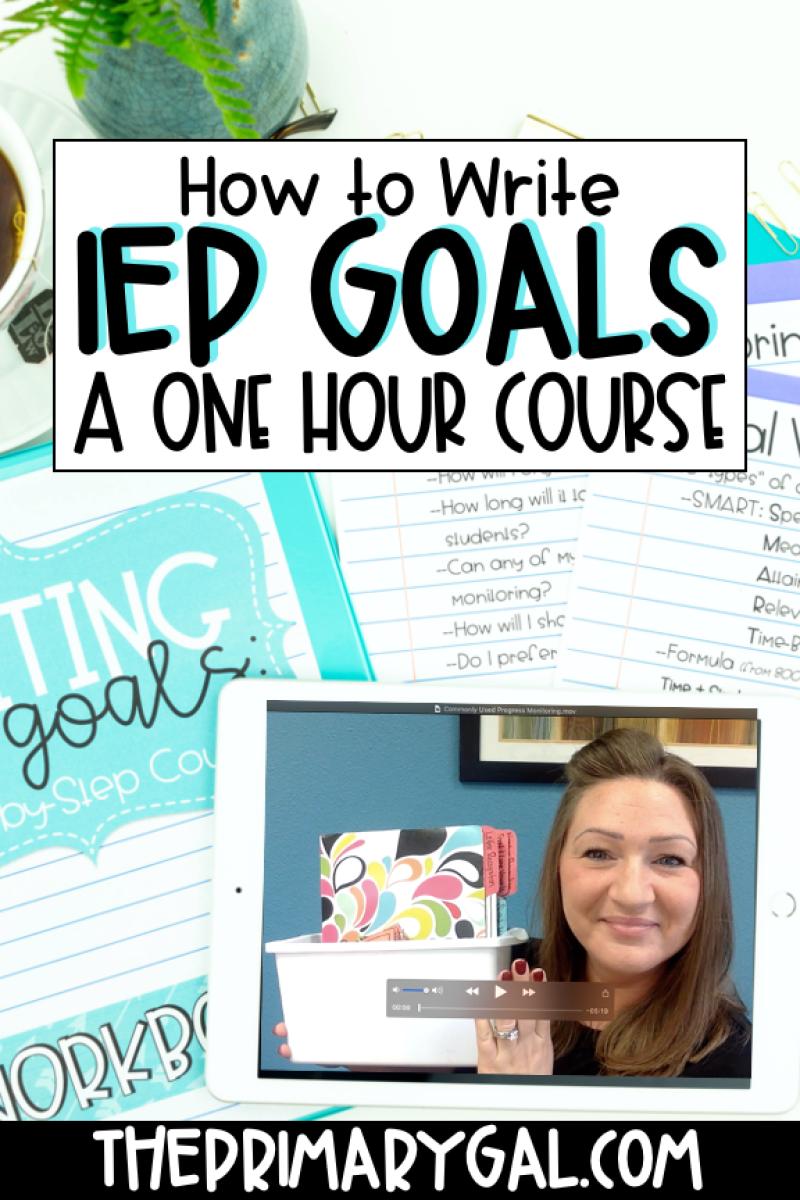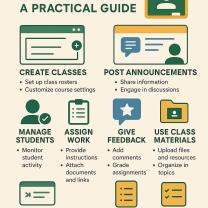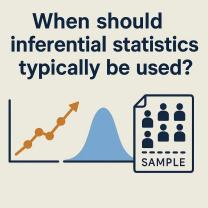How to write measurable goals for an IEP?
Individualized Education Program (IEP) goals are critical components of a student's special education plan. Measurable goals in an IEP should be specific, observable, and quantifiable to track the student's progress accurately. Here's a guide on how to write measurable IEP goals:
1. Start with Clear Baseline Data:
- Assessment: Begin by assessing the student's current level of performance. Use relevant assessments, tests, and observations to establish a baseline of their skills.
2. Be Specific and Concrete:
- Clear Objectives: Clearly define what the student is expected to achieve. Avoid vague language and use specific terms to describe the desired outcome.
3. Use Action Verbs:
- Observable Actions: Use action verbs that describe observable behaviors. This makes it easier to measure progress and assess whether the goal has been met.
4. Include Conditions and Criteria:
- Conditions: Specify the conditions under which the behavior or skill is expected to occur.
- Criteria: Clearly define the criteria for success, such as accuracy, speed, or independence.
5. Quantify Where Possible:
- Numeric Targets: Whenever possible, include numeric targets or benchmarks. This adds a quantitative element to the goal, making it more measurable.
6. Align with Curriculum Standards:
- Educational Standards: Ensure that the goals align with relevant curriculum standards. This helps to connect the student's IEP goals with broader educational expectations.
7. Consider Functional Relevance:
- Functional Skills: Focus on goals that have practical relevance to the student's daily life and future needs. Consider how achieving the goal will enhance their overall functioning.
8. Set Realistic and Achievable Goals:
- Consider Abilities: Ensure that the goals are realistic and achievable based on the student's abilities. Goals should challenge the student while being attainable.
9. Address Short-Term and Long-Term Goals:
- Progression: Include both short-term objectives that contribute to long-term goals. This allows for tracking progress over time.
10. Include a Timeline:
- Timeline for Achievement: Specify the timeframe within which the goal is expected to be achieved. This could be by the end of the school year or within a specific grading period.
11. Involve the Student and Parents:
- Collaboration: Include input from the student and their parents or guardians. Collaborative goal-setting ensures that everyone is on the same page and invested in the student's success.
12. Monitor and Adjust Goals:
- Regular Review: Schedule regular reviews to monitor progress. If necessary, be open to adjusting goals based on the student's evolving needs and achievements.
Examples of Measurable IEP Goals:
Behavioral Goal:
- Example: "By the end of the IEP period, when presented with a challenging task, [Student] will independently use a self-calming strategy (deep breathing or taking a break) within 5 minutes, as measured by teacher observation and data collection."
Academic Goal:
- Example: "By the end of the IEP period, [Student] will correctly solve and explain mathematical word problems involving addition and subtraction of three-digit numbers with 80% accuracy, as measured by teacher-recorded assessments and student work samples."
Communication Goal:
- Example: "By the end of the IEP period, [Student] will initiate and maintain a conversation with peers during structured group activities, making at least three relevant comments or questions, as measured by teacher observation and peer feedback, in 8 out of 10 opportunities."
Remember that measurable goals should be individualized based on the student's unique needs and should reflect the areas where support is required for academic and functional success. It's essential to involve the IEP team, including teachers, parents, and, when appropriate, the student, in the goal-setting process to ensure a comprehensive and collaborative approach.
What are effective strategies for setting specific and measurable goals in an Individualized Education Program (IEP)?
Setting specific and measurable goals in an Individualized Education Program (IEP) is crucial for ensuring that students with disabilities receive the appropriate support and make meaningful progress towards achieving their full potential. Effective IEP goals should be SMART:
Specific: Goals should be clearly defined and focused on a particular skill, behavior, or knowledge area. Avoid vague or general statements.
Measurable: Goals should have a clear way to track and measure progress. This may involve defining specific criteria or benchmarks that indicate achievement.
Attainable: Goals should be realistic and achievable within the specified timeframe. Consider the student's current abilities, resources, and available support.
Relevant: Goals should be aligned with the student's individual needs, strengths, and overall educational goals.
Time-bound: Goals should have a clear timeframe for completion, such as a semester, year, or specific date. This provides a sense of urgency and helps track progress.
Here are some effective strategies for setting specific and measurable IEP goals:
Involve the Student and Family: Engage the student and their family in the goal-setting process. Their input and perspectives are valuable in understanding the student's needs and aspirations.
Consider Data and Assessments: Utilize data from assessments, progress reports, and classroom observations to inform goal setting. This data provides insights into the student's current abilities and areas for improvement.
Set Goals in Small Steps: Break down larger goals into smaller, more manageable steps. This makes the goals less daunting and provides opportunities for frequent success and reinforcement.
Use Clear and Actionable Language: Use clear, concise, and action-oriented language when writing goals. This ensures everyone involved understands the expectations and how progress will be measured.
Establish Baseline Data: Determine the student's current level of performance for each goal. This baseline data will serve as a reference point for measuring progress.
Develop Progress Monitoring Plans: Create plans for monitoring progress towards each goal. This may involve regular observations, data collection, or student self-reflection.
Review and Revise Goals: Regularly review and revise goals as needed. As the student progresses, goals may need to be adjusted to reflect their changing abilities and needs.
Celebrate Successes: Recognize and celebrate the student's progress towards achieving their goals. Positive reinforcement helps maintain motivation and encourages continued effort.












